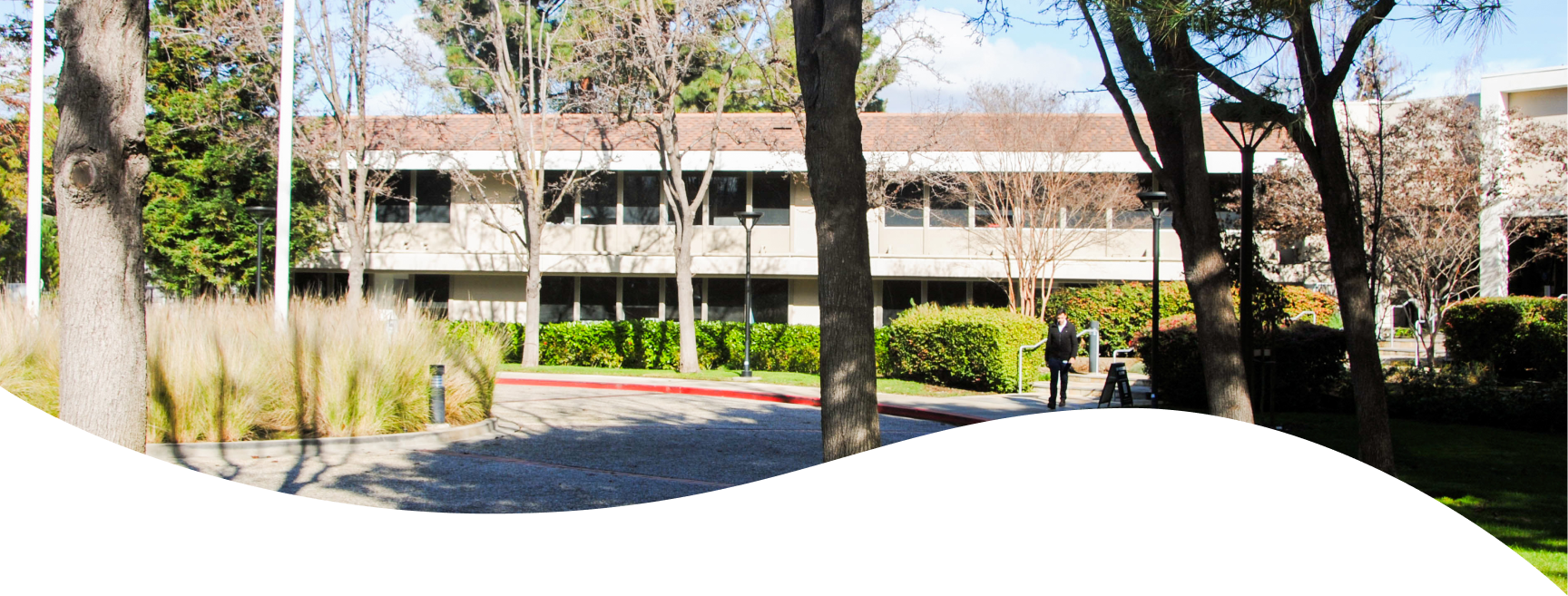
community
community
SoM Community in SRP
The Stanford University School of Medicine population in Stanford Research Park researchers work in a wide range of biomedical areas, occupying multiple buildings. We are seeking to build a community for our researchers who work in buildings that are physically close, but that are distinct in design and not connected the way those on a university campus are. One of our undertakings in this regard has been to create a thematic rubric to name the buildings.
The land these buildings sit on and the land the university campus sits on has been, for millennia, the land of the Muwekma Ohlone. We have come up with a nomenclature rubric that honors the original inhabitants of the land and connects to the work SoM researchers do in our buildings. We have received from the Muwekma Ohlone’s Language Committee and list of Chochenyo words for medicinal and dietary plants native to the Bay Area, which we will use to name our buildings in SRP.
To add a physical element to the building nomenclature, SoM has commissioned a public art project from Saif Azzuz, a local Indigenous artist. The art Azzuz has created seven pieces that are installed in the lobby of 3145 Porter Dr. and include:
Rooted in the land [2024], a monumental vinyl painting of native plants connects and honors the original inhabitants of the land and the work that the medical researchers do at Stanford.
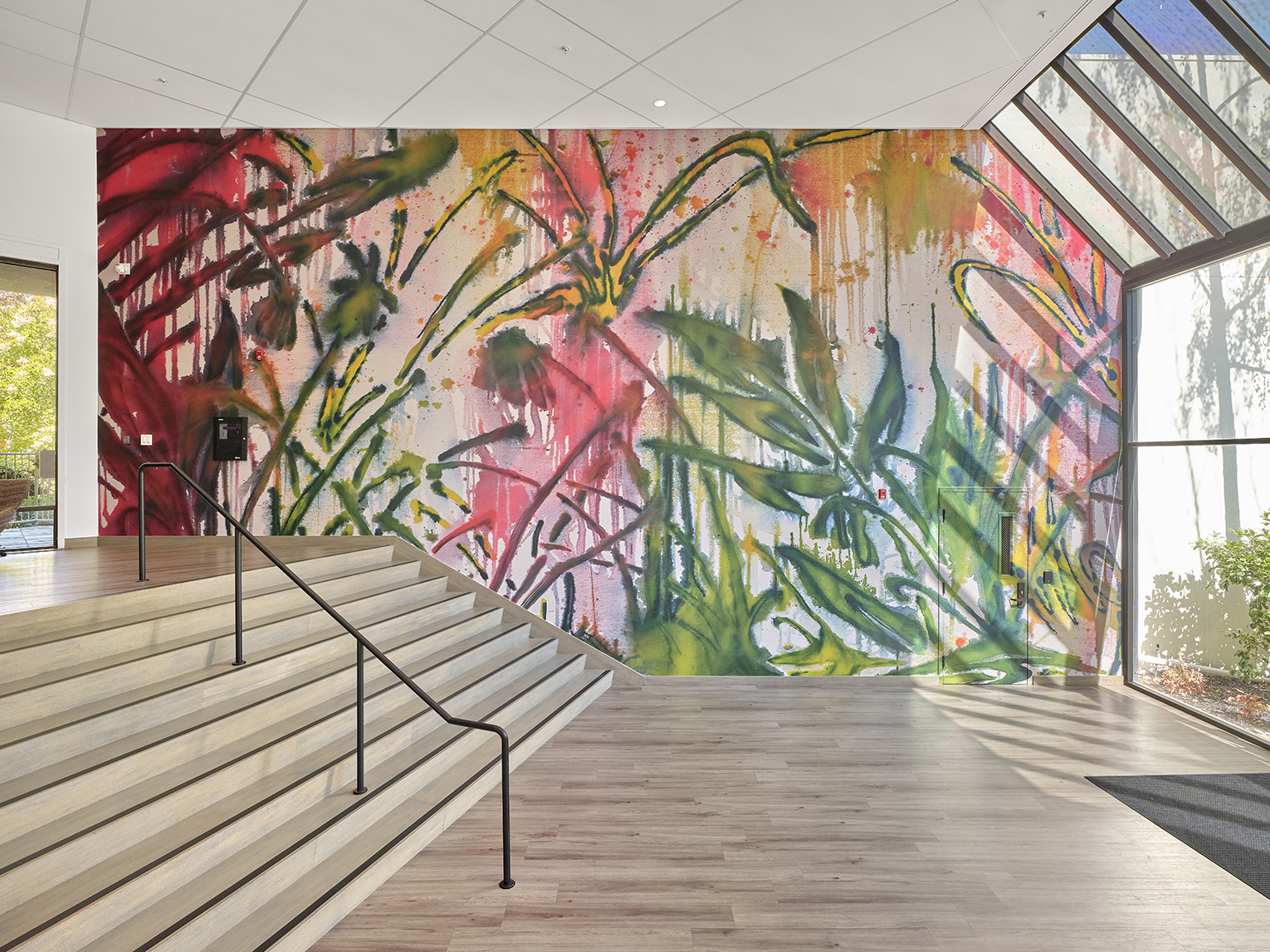
Saif Azzuz
Rooted in the land, 2024
Vinyl wall covering: 28.3 x 45.5 ft

Saif Azzuz
Híišen
/heesh·en/
Mugwort
Acrylic on paper
30” x 20 1/8”
Traditional use: Used both medicinally and ceremonially. Medicinally, Híišen is used to help with sleep, flu, colds, fever, asthma, gum pain, poison oak inflammation and women’s ailments. Ceremonially, the smoke from the leaves is used to ward off bad spirits and negative energy.
Saif Azzuz
Miryan
/meer·yahn/
California Sage Brush
Acrylic on paper
30” x 20 1/8”
Traditional use: Miryan leaves are used on the body to cover wounds and on the teeth to reduce pain. The leaves are also used to help with cold, cough and asthma.
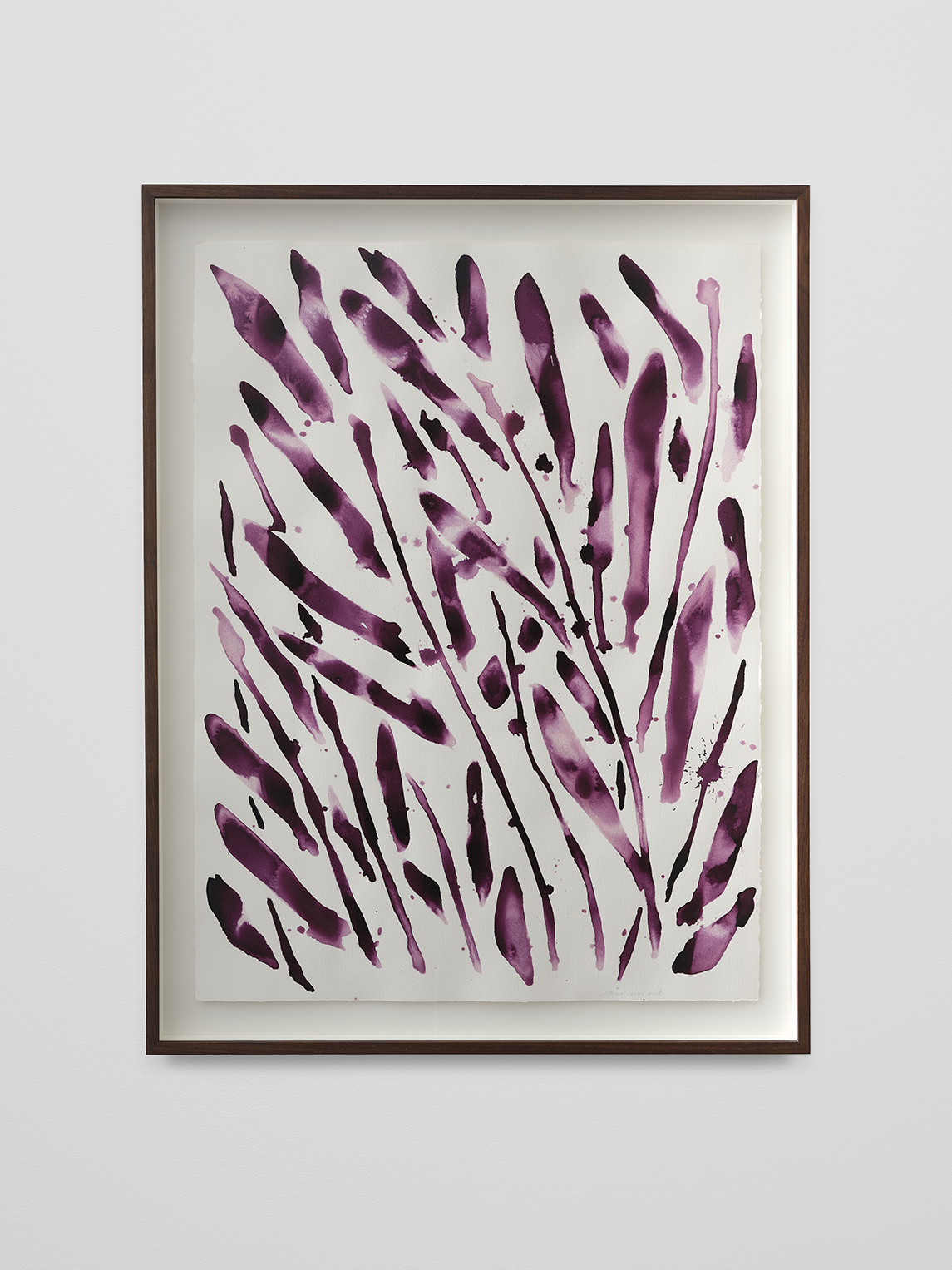
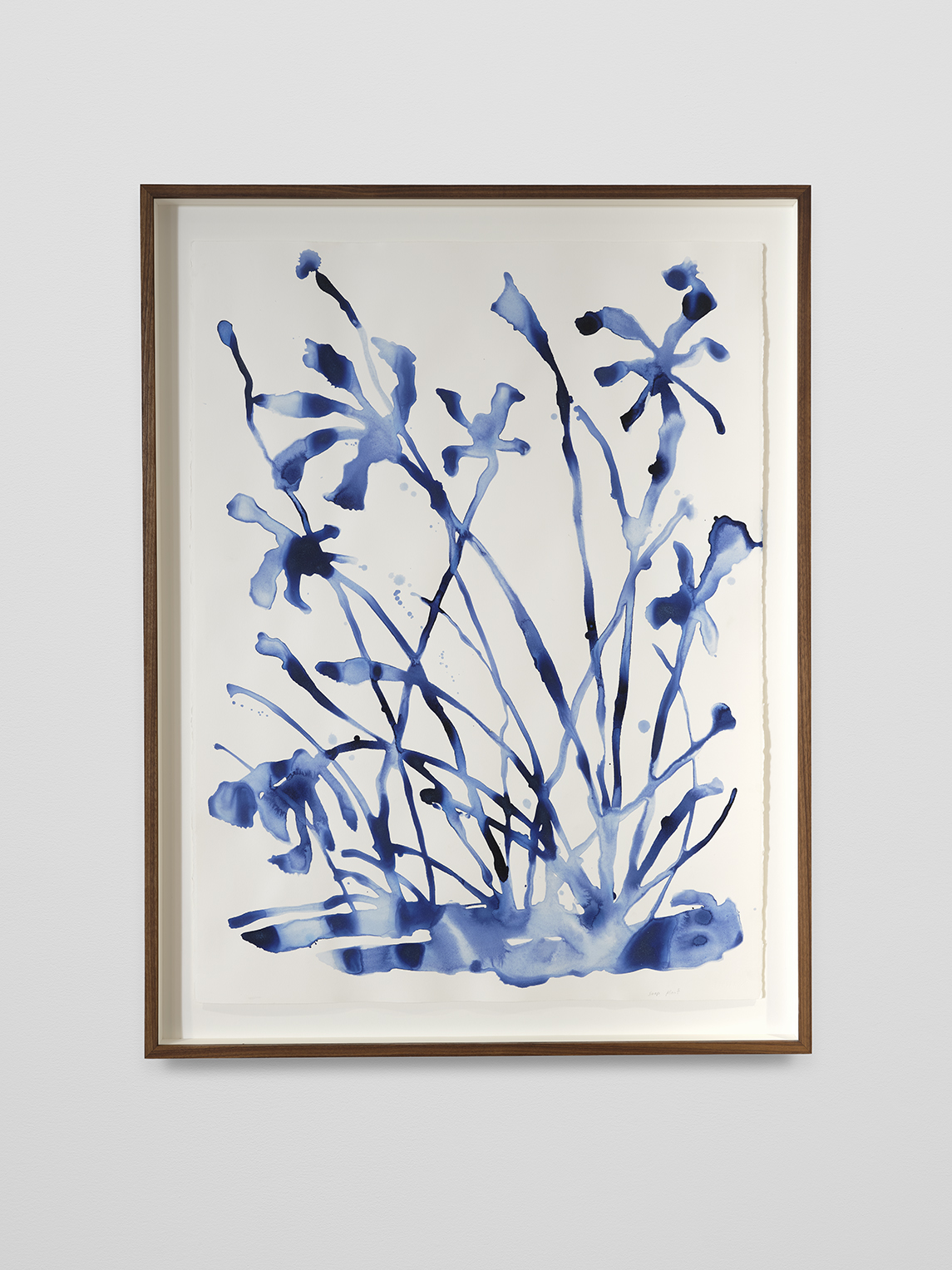
Saif Azzuz
Rawwen (1)
/rah·when/
Soap Plant
Acrylic on paper
30” x 20 1/8”
Traditional use: The Rawwen bulb is used as soap; in water to stun and catch fish; and to relieve itch from poison oak.
Saif Azzuz
Rawwen (2)
/rah·when/
Soap Plant
Acrylic on paper
30” x 20 1/8”
Traditional use: The Rawwen bulb is used as soap; in water to stun and catch fish; and to relieve itch from poison oak.
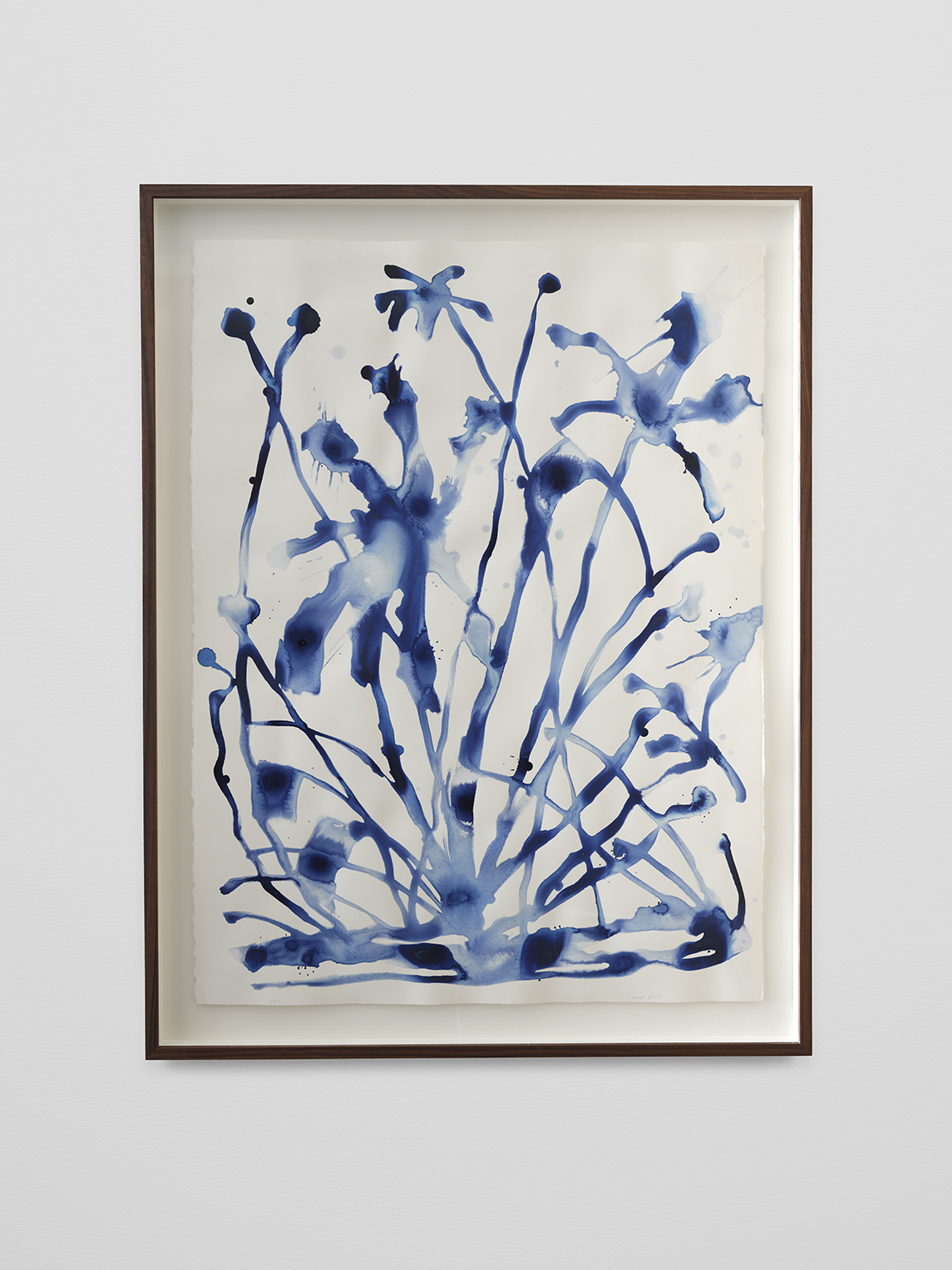
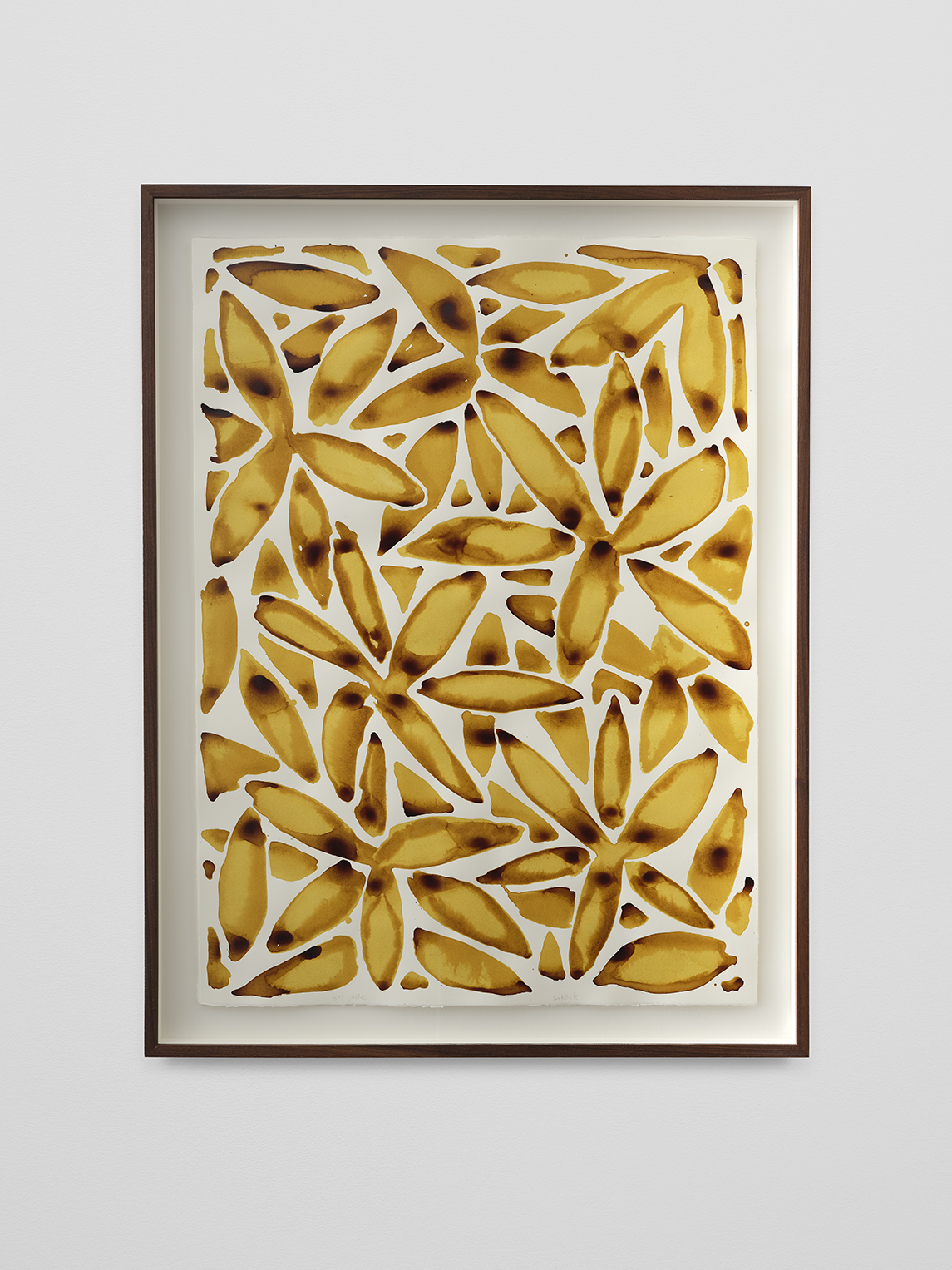
Saif Azzuz
Sokóote
/Soh·koh·teh/
California Bay Laurel
Acrylic on paper
30” x 20 1/8”
Traditional use: The leaves are dampened and placed on the forehead for headaches. They are also used to treat poison oak; for food flavoring; and in infusion for afterbirth pain. The smoke emanating from burning leaves is used to repel fleas.
Saif Azzuz
Yúukiš
/Yooh·keesh/
Coast Live Oak
Acrylic on paper
30” x 20 1/8”
Traditional use: Leached to remove bitter tannins and then consumed as dietary staple. The bark used to soothe toothache. The water from acorn leaching is used to sooth diarrhea. The plant is used to fuel fire.
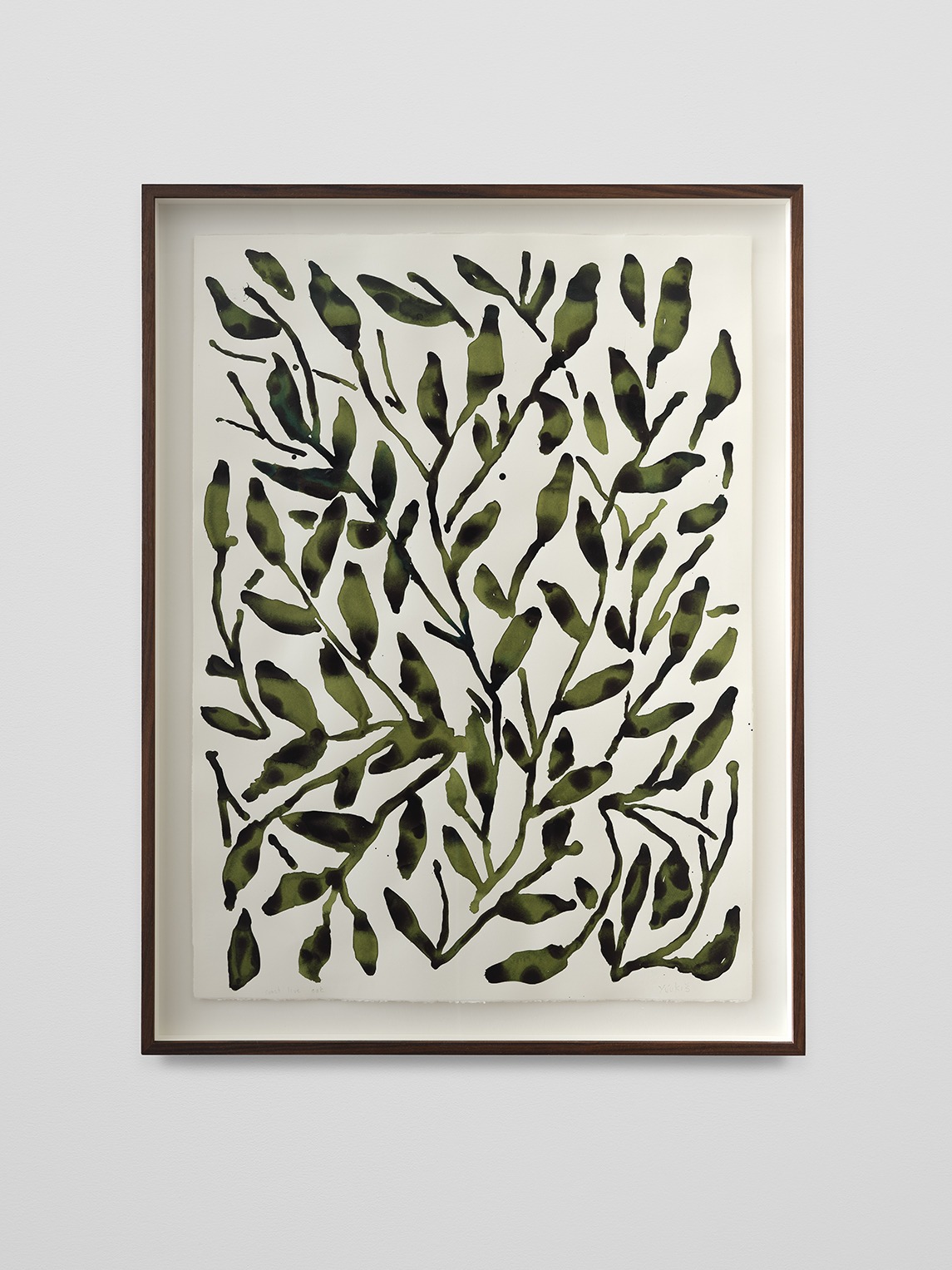
About the Artist
Saif Azzuz’s artworks reflect our collective need to view nature as an extension of us, rather than a resource to be extracted. For Azzuz, the land is a marker of space in a time of fleeting ecologies and environmental catastrophe. Traditionally, settlers viewed the land as something to be conquered, while indigenous peoples view the land as a relative to be nurtured and protected. Azzuz’s artworks are portraits of living beings rather than depictions of a landscape that exists outside of us.
His work revolves around the de-contextualization of Yurok and Arab imagery. Starting with stories by, of, and for family members, Azzuz constructs spaces utilizing colorful ink and acrylic paint on tapestry-like canvas imbuing the work with the washy luminosity and gentle disquiet of dreams. The titles for his pieces are conversational and often include Yurok language, further highlighting traditional and contemporary culture side-by-side, and asserting Yurok people’s deep, ongoing commitment to land stewardship. Through self-defined symbolism communicating ideas such as movement, energy and time, Azzuz works to acknowledge and validate generational trauma, resilience, land and story.
All images courtesy of the artist and Anthony Meier, Mill Valley.
Photography by Chris Grunder, San Francisco.
Artist Bio
Saif Azzuz (b. 1987) is a Libyan-Yurok artist who resides in Pacifica, CA. He received a Bachelor’s Degree in Painting and Drawing from the California College of the Arts in 2013. Azzuz has a forthcoming solo exhibition at Blaffer Art Museum in Houston, TX in 2025 and forthcoming group shows at California College of the Arts Wattis Institute, Kadist, Oregon State University in 2024. Azzuz has had exhibitions at 1599dt Gallery, San Francisco, CA; Adobe Books, San Francisco, CA; Anthony Meier Fine Arts, San Francisco, CA; de Young Museum – Fine Arts Museums of San Francisco, San Francisco, CA; Galerie Julien Cadet, Paris, FR; ICA SF, San Francisco, CA; Pt.2 Gallery, Oakland, CA; Ever Gold [Projects], San Francisco, CA; NIAD, Oakland, CA; Rule Gallery, Denver, CO; Nicelle Beauchene Gallery, New York, NY; Jack Barrett, New York, NY and K Art, Buffalo, NY.
Azzuz is a 2022 SFMOMA SECA Award finalist and has participated in the Clarion Alley Mural Project and the Facebook Artist in Residence program.
Selected public collections include de Young Museum – Fine Arts Museums of San Francisco, San Francisco, CA; Facebook, Menlo Park, CA; Gochman Family Collection, NY; KADIST, San Francisco, CA; North Carolina Museum of Art, Raleigh, NC; Rennie Museum, Vancouver, Canada; Stanford Health Care Art Collection, Menlo Park, CA; UBS Art Collection, New York, NY; and University of St. Thomas, Saint Paul, MN.
